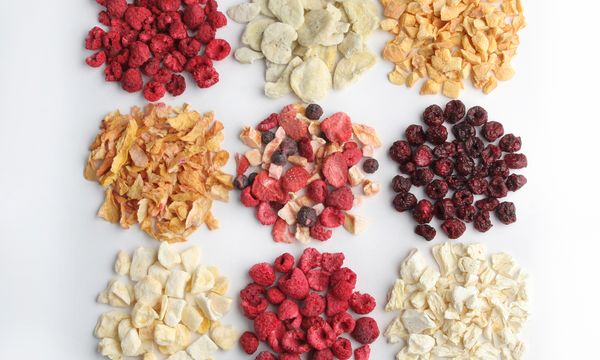Because food is so important to survival, food preservation is one of the oldest technologies used by human beings. In this article, we'll look at all of the different preservation techniques commonly used today, including:
- Refrigeration and freezing
- Canning
- Irradiation
- Dehydration
- Freeze-drying
- Salting
- Pickling
- Pasteurizing
- Fermentation
- Carbonation
- Cheese-making
- Chemical preservation
The basic idea behind all forms of food preservation is either: to slow down the activity of disease-causing bacteria or to kill the bacteria altogether
Advertisement
In certain cases, a preservation technique may also destroy enzymes naturally found in a food that cause it to spoil or discolor quickly. An enzyme is a special protein that acts as a catalyst for a chemical reaction, and enzymes are fairly fragile. By increasing the temperature of food to about 150 degrees Fahrenheit (66 degrees Celsius), enzymes are destroyed.
A food that is sterile contains no bacteria. Unless sterilized and sealed, all food contains bacteria. For example, bacteria naturally living in milk will spoil the milk in two or three hours if the milk is left out on the kitchen counter at room temperature. By putting the milk in the refrigerator you don't eliminate the bacteria already there, but you do slow down the bacteria enough that the milk will stay fresh for a week or two.
Let's look at all of the different forms of food preservation in detail.

